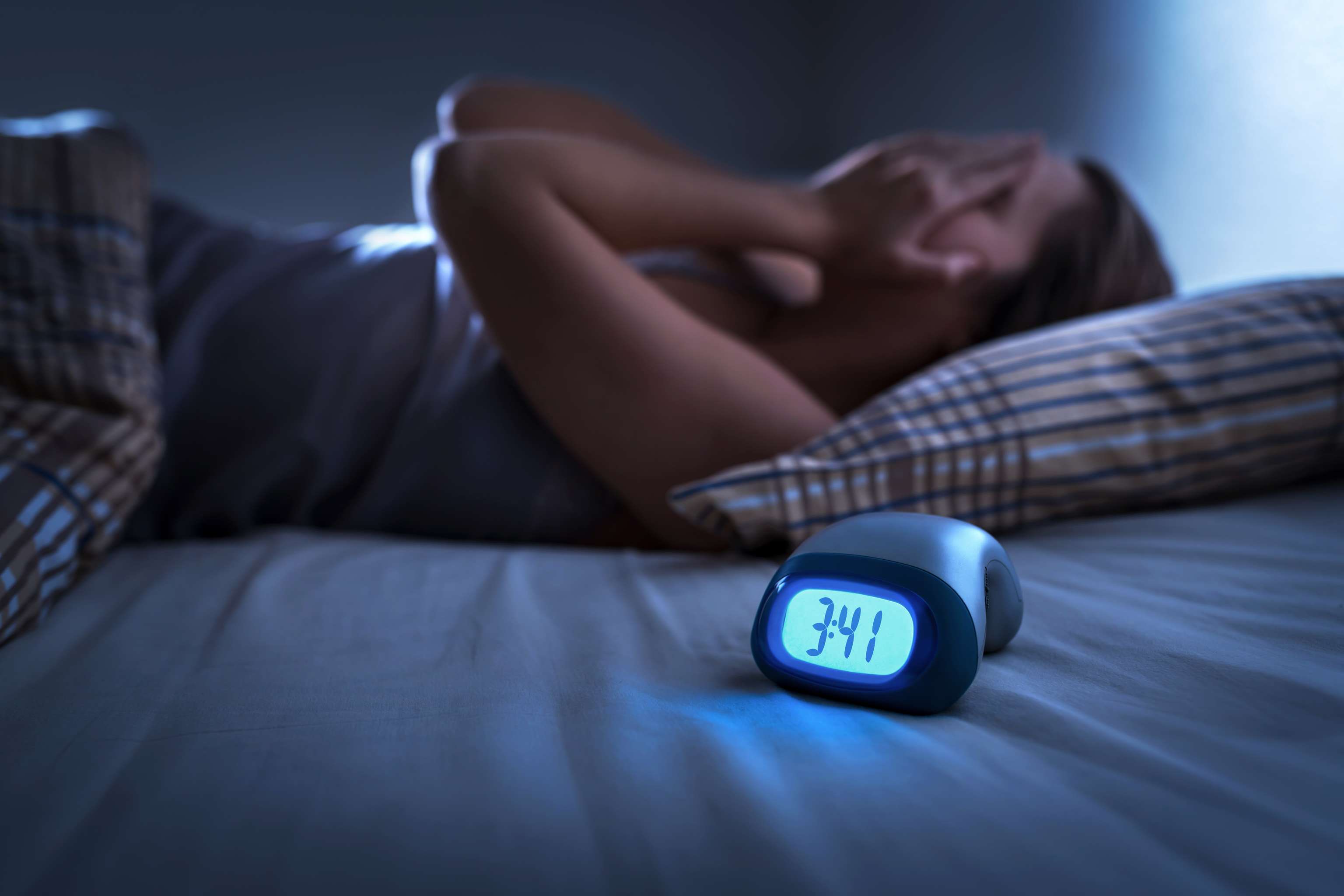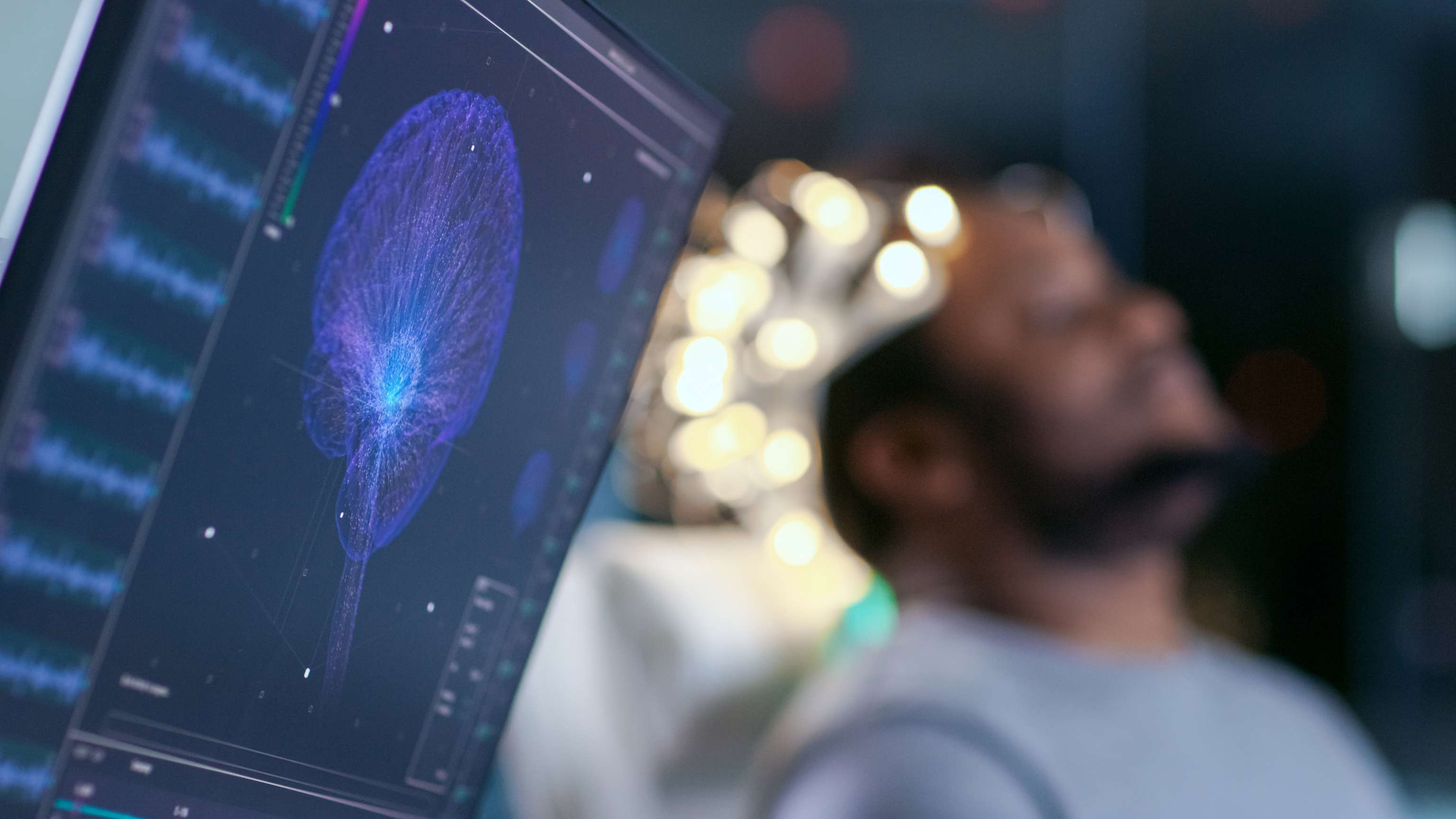Efficient sleep hygiene is the first step in the treatment of a sleep disorder and in many cases can achieve an improvement in the symptoms. The sleeping environment should be quiet, dark and comfortable. In addition, time in bed should be limited to bedtime, and such activities as watching television, reading, or other activities in bed should be avoided. In the morning, the bed should be left soon after awakening and staying in bed for a long time should be avoided. In the evening, you should only go to bed when you are already tired. Physical activity and exercise during the day can improve sleep, but physically strenuous or mentally demanding activities should be avoided in the evening. Making the evening more relaxing, such as reading, taking a warm bath, or drinking a hot herbal tea, can promote sleep and provide relaxation. Consumption of alcohol, caffeine, and foods that are difficult to digest should be avoided in general, but especially in the evening. Counterproductive is napping during the day.
If improved sleep hygiene is not sufficient, further therapy options may follow.
Cognitive behavioral therapy
Cognitive behavioral therapy can be another valuable tool. Therapy is offered in individual, group, or online sessions. It involves learning how to break negative thinking patterns with the help of a psychotherapist, in addition to relaxation techniques. The relaxation methods used include visualization, progressive muscle relaxation and breathing exercises.
Some treatments are not scientifically proven, but are used by many patients in addition to the above-mentioned therapeutic approaches. These include acupuncture, aromatherapy, homeopathy, light therapy, music therapy, and yoga.
Drug therapy options
Sleep-promoting agents can also be used in the short term. The prerequisite for this is a complete diagnosis, including exclusion of treatable underlying diseases and an unsuccessful attempt at therapy with non-drug treatment options such as sleep hygiene and psychotherapy. A number of substance groups are available for therapy.
Attention should be paid to the following problems when using over-the-counter and prescription sleep aids, and a specialist should be consulted if in doubt:
- Habituation effect: falling asleep without the medication is no longer possible
- Withdrawal symptoms: restlessness and anxiety when the drug is suddenly discontinued
- Loss of effect: persistence of sleep disturbance despite taking the substance
- Life-threatening overdose or hypersensitivity: manifested by confusion, respiratory failure, and blue coloration of fingertips and lips
- Daytime drowsiness: concentration and reaction time may be impaired the day after ingestion. Caution is advised when operating vehicles and other machines!
- Interaction: Especially alcohol, strong painkillers (opioids), antihistamines and antidepressants may have dangerous interactions with benzodiazepines.
Herbal extracts of passionflower, lemon balm, hops or valerian are used by some patients to promote sleep and in many cases are already sufficient for a sufficient therapy. The evidence base for efficacy is weak, so no general recommendation can be made.
Melatonin-based sleeping pills are available over the counter and act on the brain like the body's own sleep hormone melatonin, producing a mild sleep-inducing effect. This is especially helpful for short-term sleep disturbances caused by jet lag or shift work. Melatonin is jointly responsible for the natural sleep-wake cycle and is released in the brain at night. The external supply of the hormone is harmless, but its long-term effectiveness has not been proven. Since it is often sold as a dietary supplement rather than as a drug, it is not subject to the strict legally established quality standards for drugs. Nevertheless, it is a substance with possible adverse effects, so medical consultation is recommended before and during use.
Sedative antihistamines are also available over the counter, but should not be used permanently or by the elderly. Their use is limited to isolated restless nights.
The group of so-called benzodiazepines includes a number of substances that are suitable for short-term treatment of a sleep disorder. They differ in dosage and duration of action. Even though they have a strong sleep-inducing effect, they often lead to fatigue the next day (hangover) due to a long duration of action. An important negative characteristic of benzodiazepines is the rapid development of dependence and tolerance. This means that falling asleep without taking the drug is no longer possible and a steadily higher dose must be taken to fall asleep. Experts therefore advise against long-term treatment with benzodiazepines.
Other prescription sleeping pills are the "Z-substances" (e.g. zolpidem, zopiclone), which are similar to benzodiazepines. These are also suitable for short-term therapy and also have a risk of dependence.



